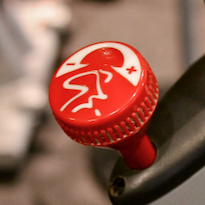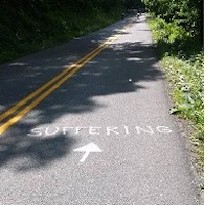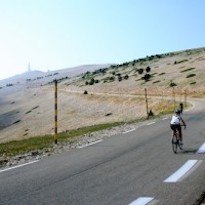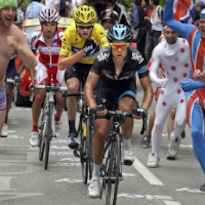Developing Your Style as an Indoor Cycling Coach, Part 1
Whether you are a recently certified new instructor or you have a few years under your belt, developing your style as a cycling coach is an important component of being your best. This two-part series will help you discover and develop your most authentic coaching style and to become the inspirational mentor you aspire to be.Read more…









